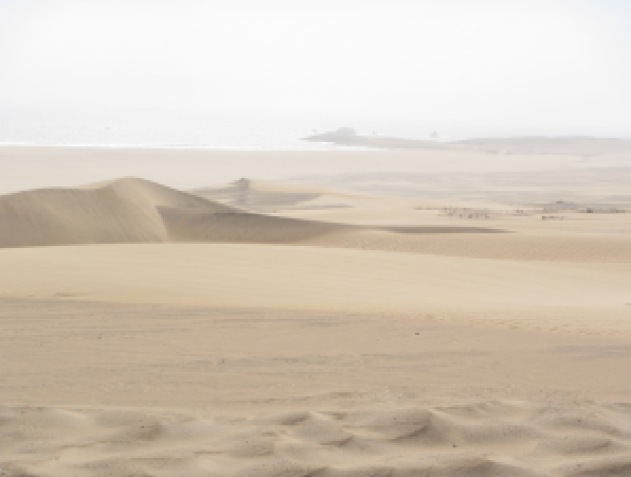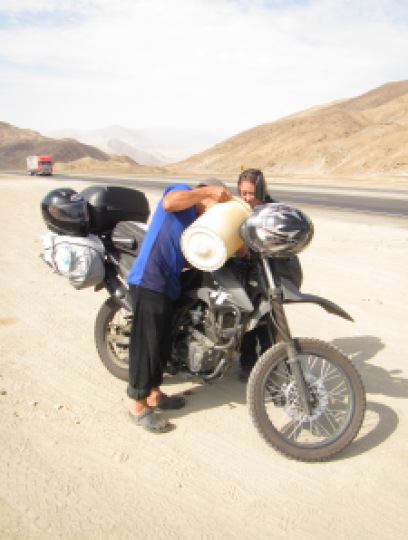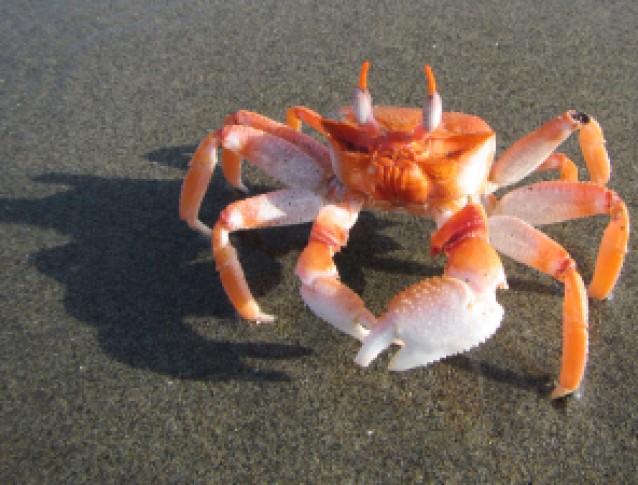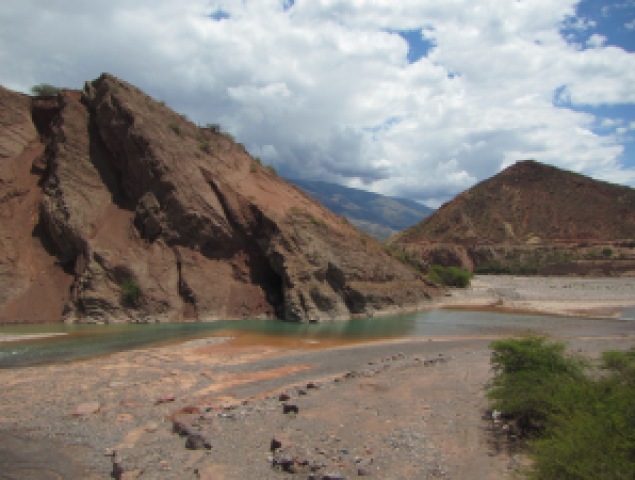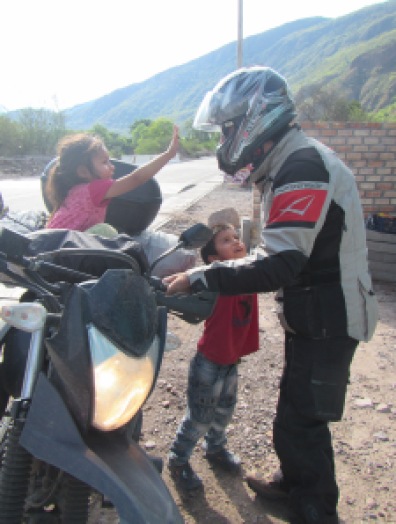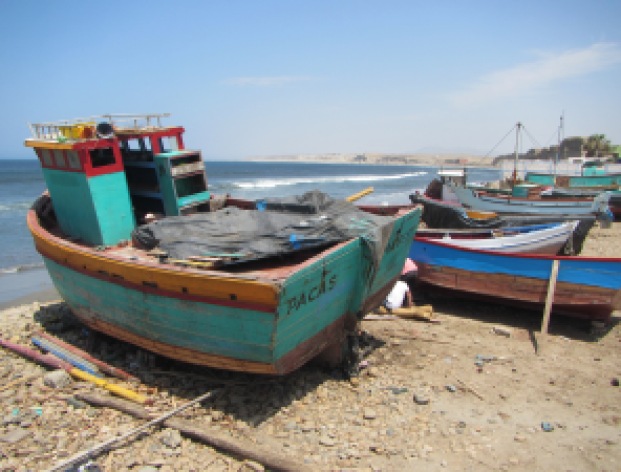
A small fishing village we drove through, which is just south of Mancora, the last city with warm ocean currents
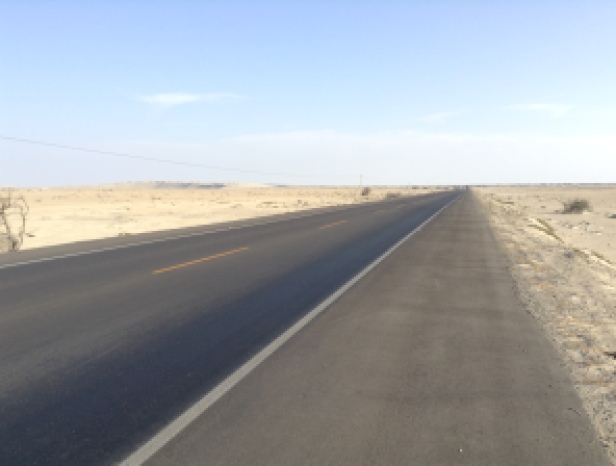
Since we entered Peru from the north, we experienced parts of the country that most tourists never get to, like the Sechura desert, which lines the entire coast of this immense country
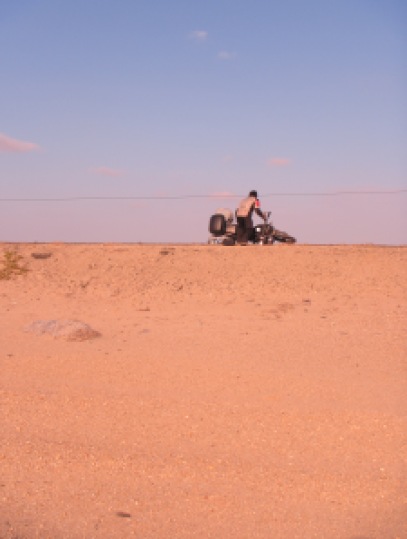
The winds were incredibly strong in the desert and immediately knocked the bike over when we stopped for a break
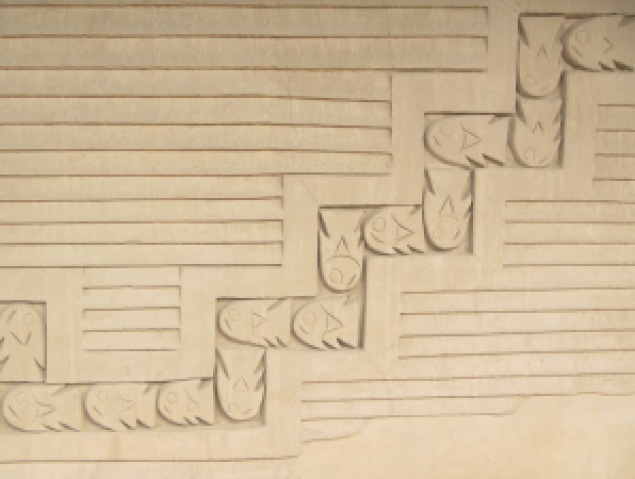
We stopped at the Chan-Chan ruins in Trujillo, and as always, the ruins were incredible. These ruins were covered with this above fish design in addition to a “fishing net” design
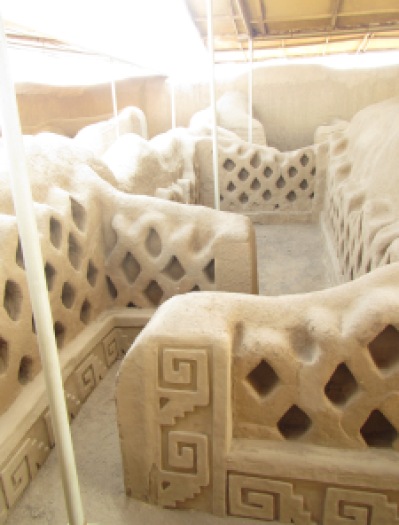
All of the diamond shapes are the symbolic fishing nets, which covered the majority of the maze-like city
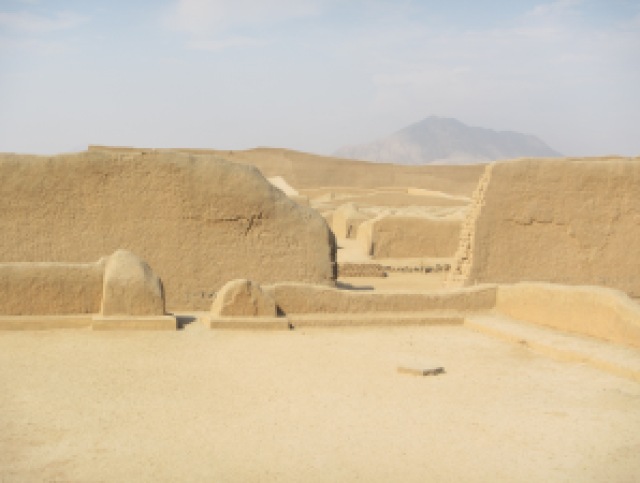
The Chan-Chan civilization began in 850 AD and is thought to have supported 30,000 people. The Incas conquered the Chan-Chan’s in 1470 AD
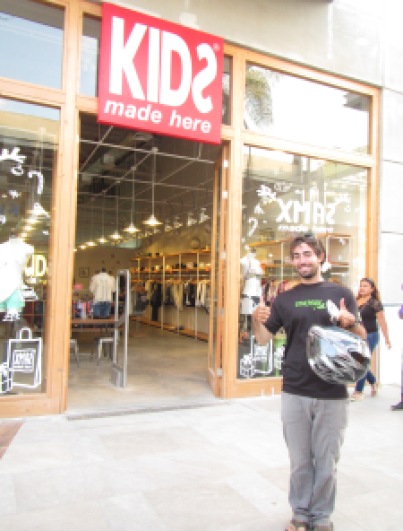
Also in Trujillo was a mall, a happy sight when you are missing “American” food….We also stumbled upon this adult clothing store…
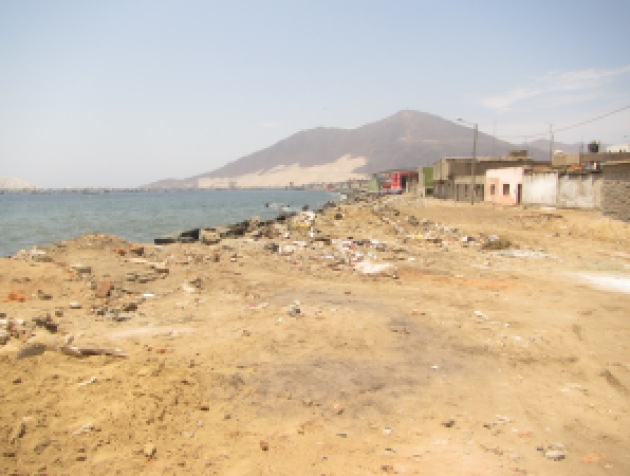
Most of the country is sadly littered with heaping trash piles wherever human presence exists. The smell of rotting garbage is repulsive
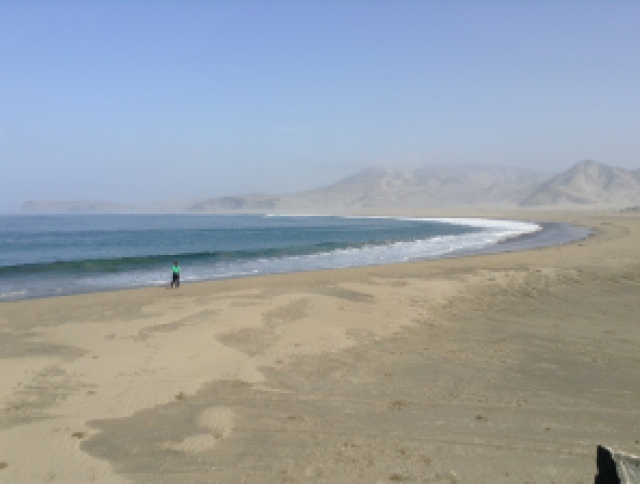
We tested the bike’s ability of driving through sand to reach this beach….Maggy decided she would rather walk than be the passenger during Ian’s steep learning curve
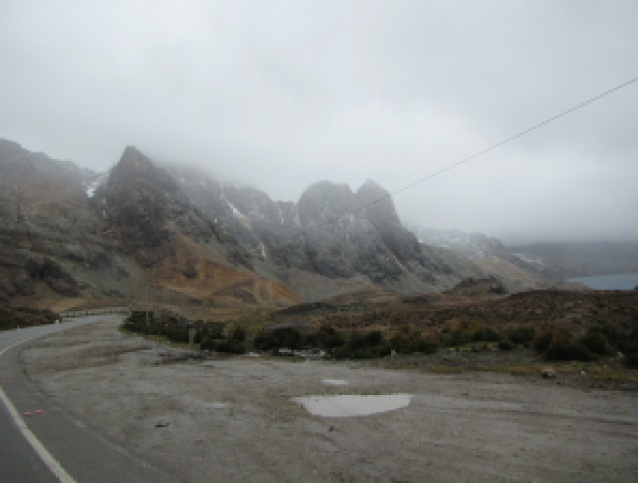
After stopping in Lima for a day, we decided to stray away from the coast and head into the mountains towards Machu Picchu. We tested the motorcycle’s stamina when we summited Abra Anticona at 15,807 feet, puttering along in 2nd gear. Outfitted in every layer of clothing we owned, it was still freezing!
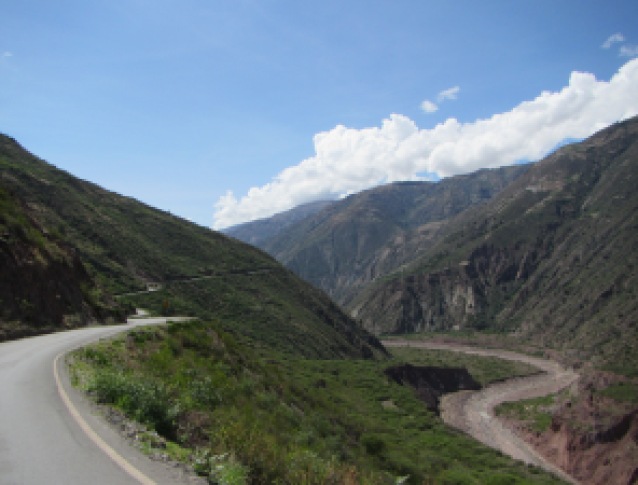
This one-lane road presented an adrenaline rush every time we turned into a blind corner. What appears to be a road on the right is actually a large river far below us
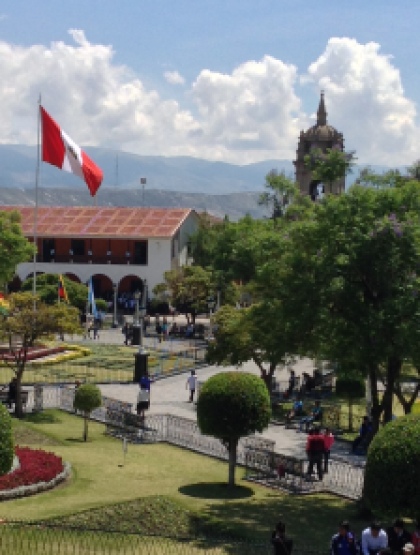
Possibly our favorite place in Peru, Ayacucho boasts that it is home to 33 churches. We only saw about 10, but from what we observed, the churches are quite grand
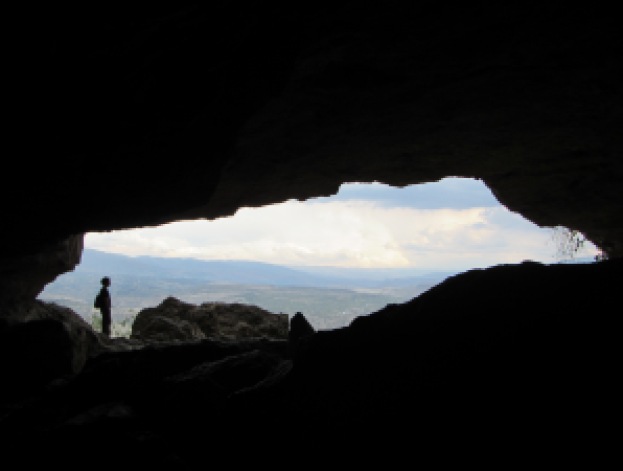
The Pikimachay cave, about 30 Km outside of Ayacucho claims to have discovered fossils of giant sloths and horses in addition to dating human existence from earlier than 10,000 BC
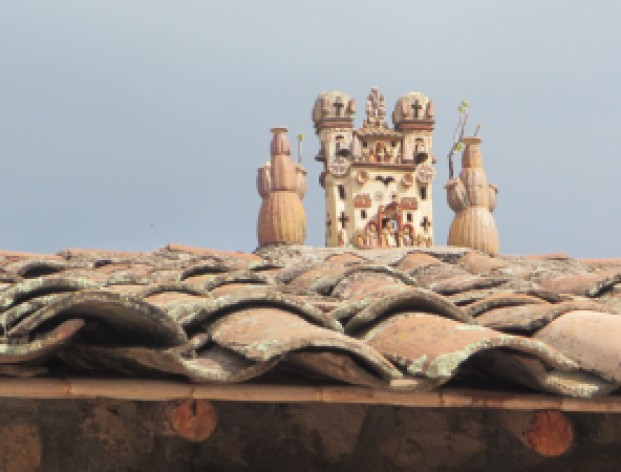
Our next stop was the nearby Quinua, a small rural village well known throughout the country for its handmade ceramics. Many houses are decorated with ceramic replicas of churches or, surprisingly, ceramic bulls
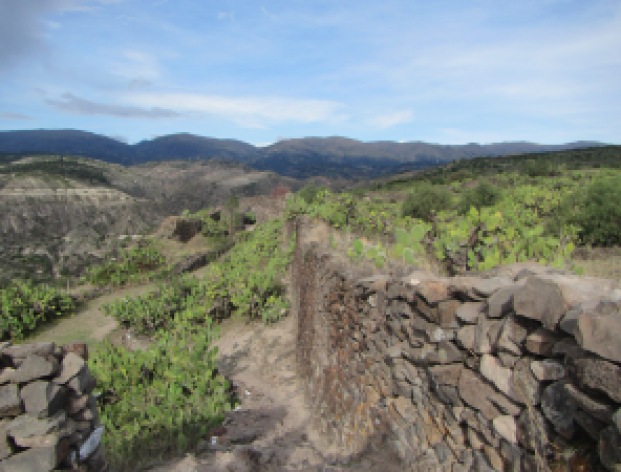
On the way from Quinua back to Ayacucho, we decided to explore the Wari ruins, home to 50,000 people and dating back to 600 AD
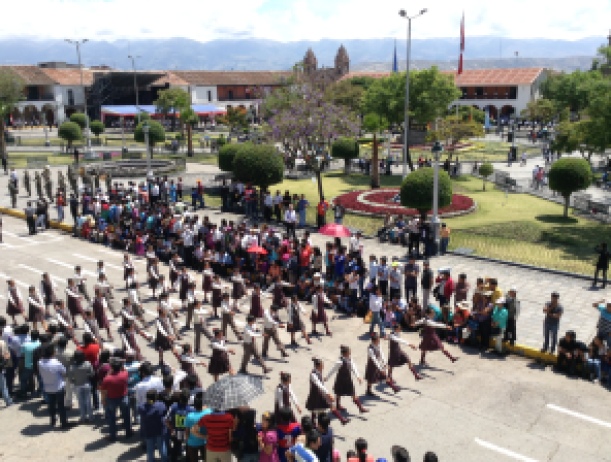
During our stay in Ayacucho, we were lucky enough to participate in the celebration of the Battle of Ayacucho. Peru’s victory of this battle, which occurred on December 9, 1824 during the Latin-American Wars for Independence, gained the country its independence
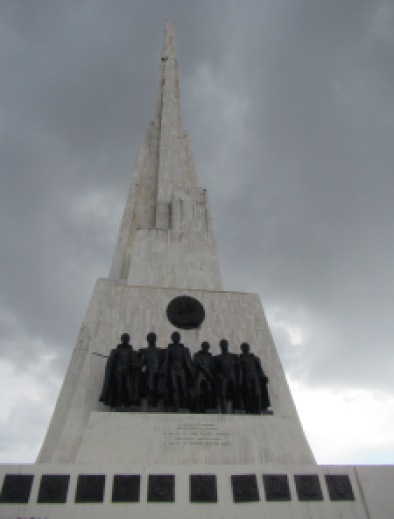
The obelisk is the monument rising from the battlefield near Ayacucho and can be seen from miles away
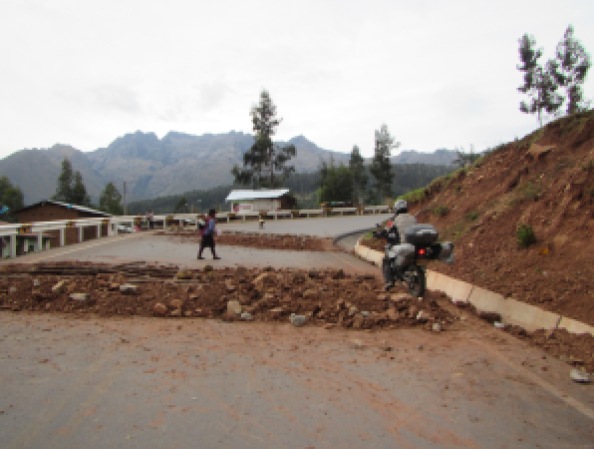
Unfortunately, also on the way to Cuzco, we ran into three different protests, which significantly reduced our progress. The first protest had lined two sets of six people up, perched in the cliffs and armed with rocks and boulders to launch at any vehicle that attempted to pass. After about 30 minutes of trying to plead with the locals, we suited up and took our chances. Luckily, we lived, although they did through all their rocks at us. The second two protests were more reasonable and since we were just a small motorcycle, it was possible to slowly navigate through the roadblocks

